Footwear Guide
In General
At Division Road, we pride ourselves on our comprehensive understanding of the ins and outs of how footwear brands build their products. We are fully versed in the sizing intricacies of the footwear we carry and are pleased to assist with sizing; please feel free to Contact Us for any inquires and sizing suggestions. All feet are different, as are manufacturers, Lasts, construction methods, and a given customer’s preferred fit. With these considerations, it’s not always wise to make any hard and fast rules about sizing hand-grade footwear.
Note: Phone communication is our preferred method to serve sizing inquiries as it allows for a greater amount of detail regarding how items size and fit to ensure the best results. Email is always welcome.
















